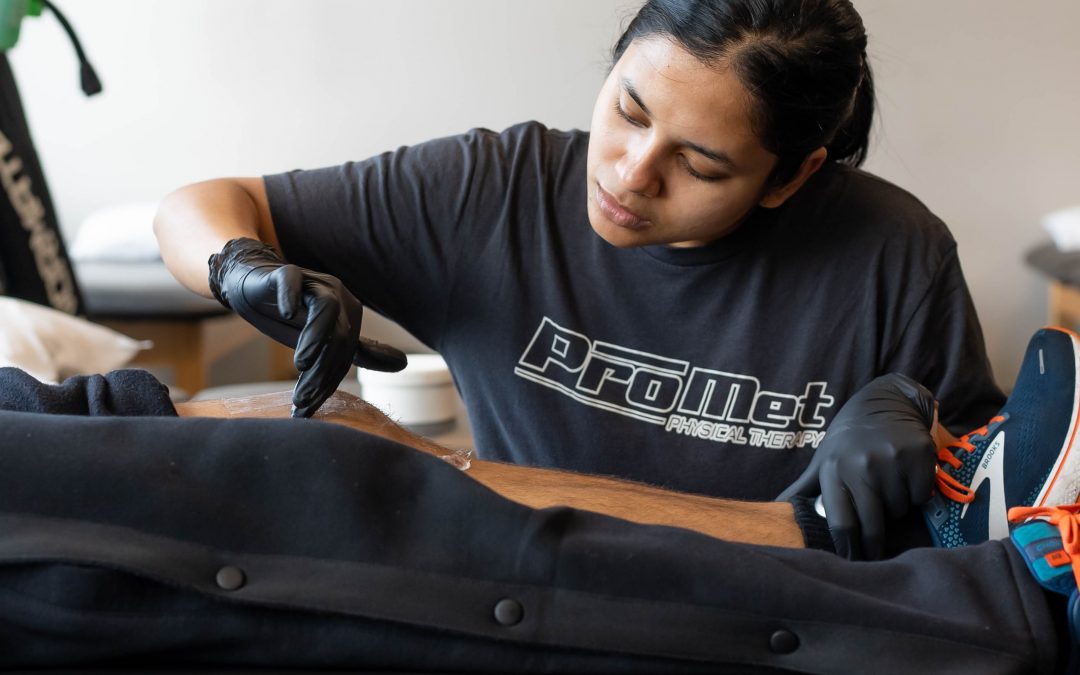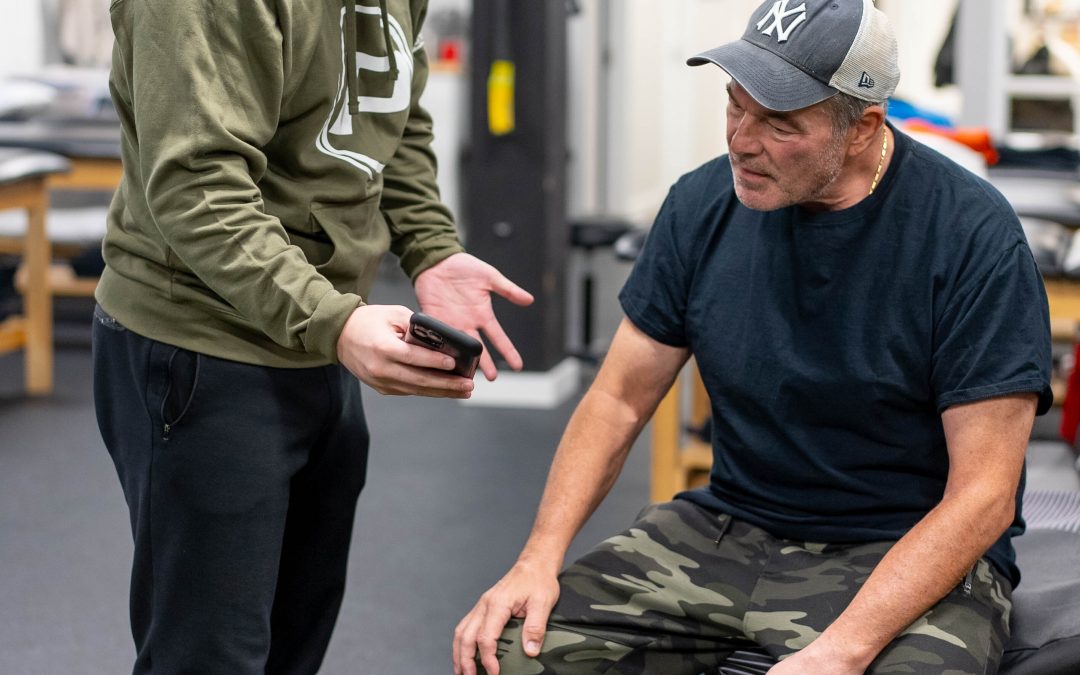The majority of people associate physical therapy with the treatment of orthopedic conditions and sports-related injuries, but the scope of physical therapy goes beyond these common presentations. A branch of physical therapy not widely acknowledged is vestibular rehabilitation therapy or VRT. VRT is an exercise-based program for the treatment of inner ear disorders such as BPPV or vertigo.
About Vestibular Disorders & VRT
When a person’s vestibular system suffers damage from injury or disease it can no longer provide the brain with accurate information regarding equilibrium and motion which results in symptoms such as dizziness, vertigo and imbalance. Often, the person will develop new ways of moving so as to avoid experiencing the symptoms. Unfortunately, this physical compensation for the vestibular disorder is likely to lead to a worsening of the symptoms as well as cause muscle tension, pain and fatigue.
Vestibular rehabilitation therapy addresses both the primary (dizziness, imbalance) and secondary (muscle tension) symptoms of vestibular disorders. The focus of VRT is to retrain the brain to recognize and process signals from the vestibular system to maintain the body’s balance and coordination.
The VRT Process
Because not all vestibular patients suffer from the same symptoms, there is no “one-size-fits-all” VRT treatment plan. As with any rehabilitation plan, vestibular rehabilitation begins with a thorough evaluation performed by a licensed physical therapist. Once the therapist has assessed the type and severity of symptoms, he or she will develop the appropriate treatment plan for that individual.
A typical vestibular rehabilitation treatment plan may include manual techniques, exercises and massage therapy. Manual techniques to help reposition crystals in the inner ear which help with balance are applied to VRT patients. Also part of the treatment plan are exercises which help retrain the brain, increase flexibility and strengthen muscles. Soft tissue massage is also used to provide relief to tight and painful muscles caused by physical compensations developed to avoid symptoms.




